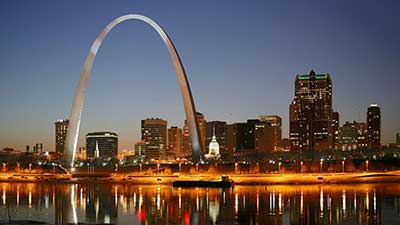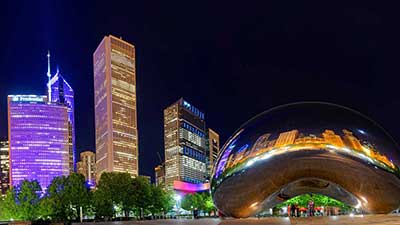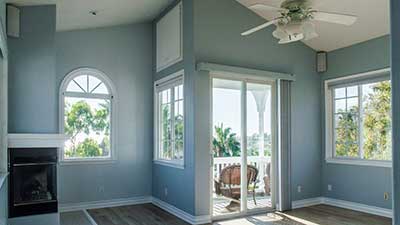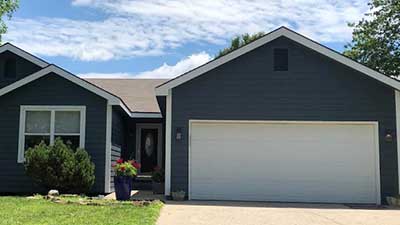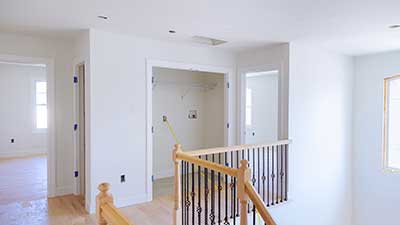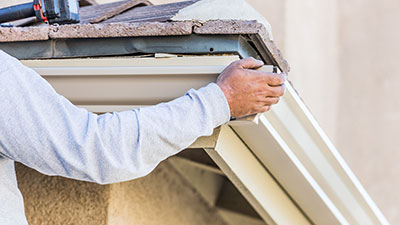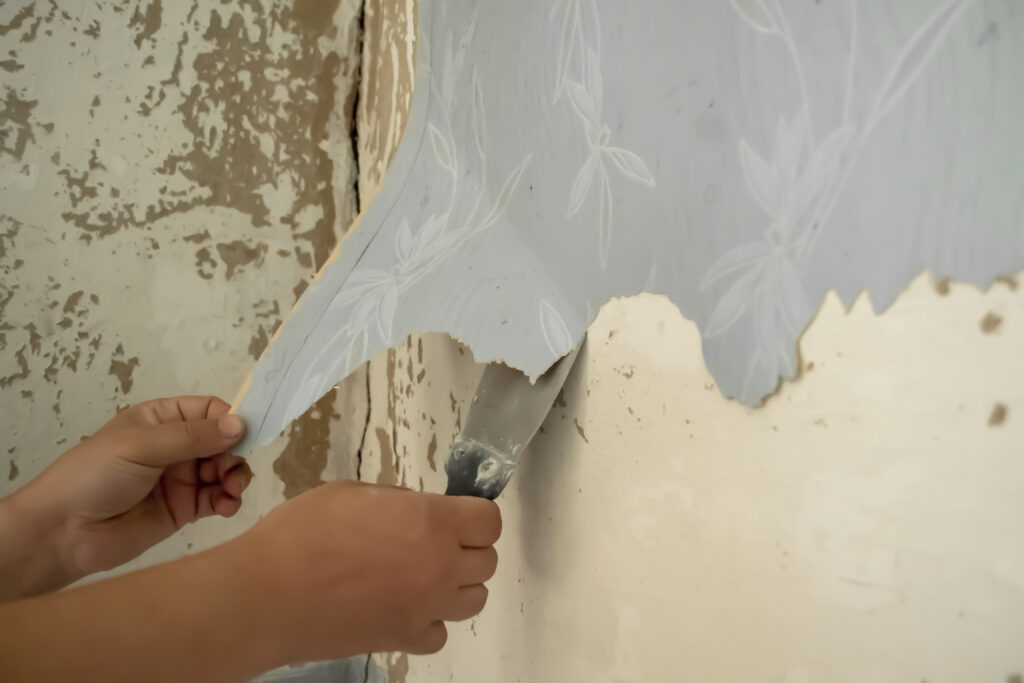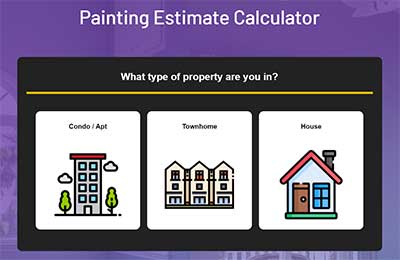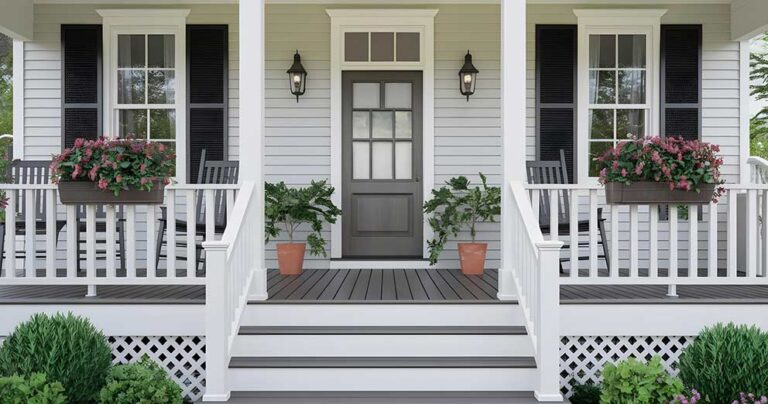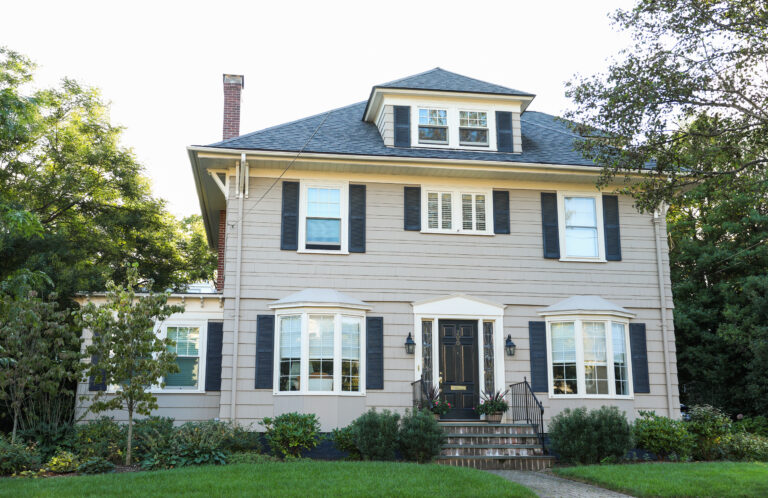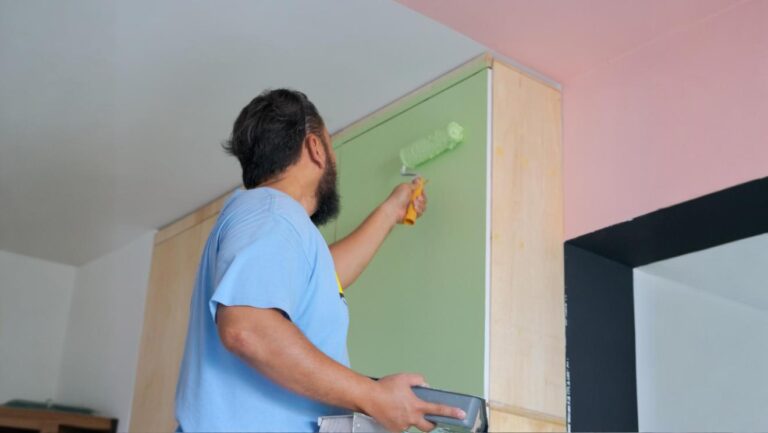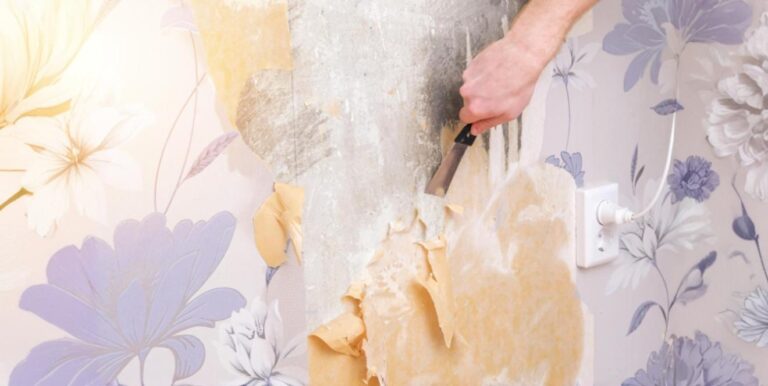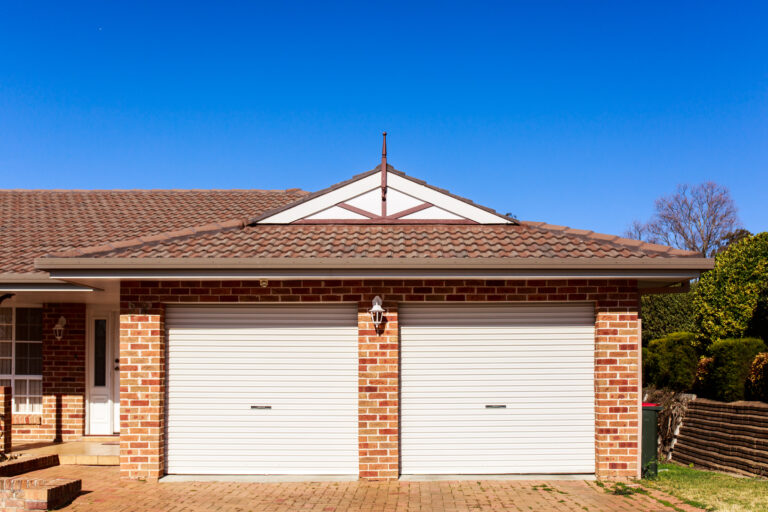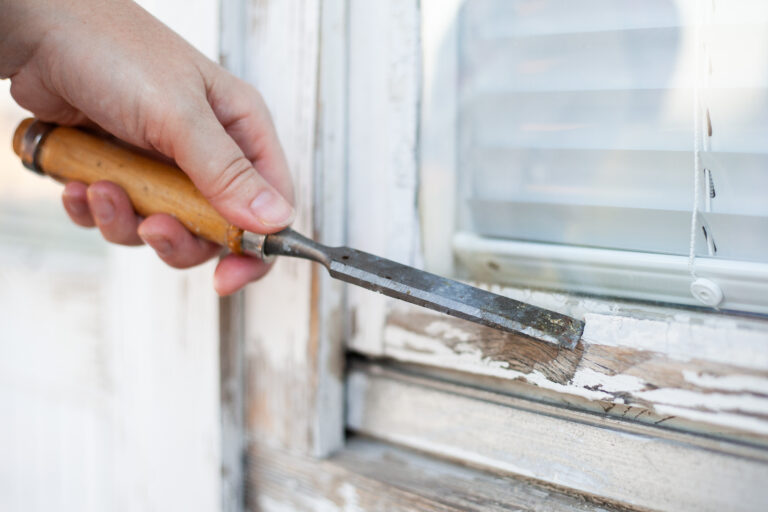Removing wallpaper can feel like a big job, but the right approach makes it much easier. Whether you’re preparing to paint or apply new wallpaper, taking the time to remove the old material properly prevents wall damage and ensures a smooth finish.
The best wallpaper removal method depends on the type of wallpaper and the adhesive used. Some wallpapers peel off easily, while others require moisture, steam, or chemical solutions. This guide covers the most effective ways to remove the wallpaper without damaging your walls.
Key Takeaways
- Identifying the wallpaper type, such as vinyl wallpaper or strippable wallpaper, helps determine the best removal method.
- Using a wallpaper scoring tool allows moisture to penetrate and loosen old wallpaper for easier removal.
- A mixture of hot water and fabric softener can break down wallpaper glue, making it easier to strip wallpaper.
- A wallpaper steamer is ideal for stubborn wallpaper and works well on surfaces like wallpaper backing and multiple layers.
- Cleaning the walls with white vinegar and warm water removes residual glue and prepares them for new wallpaper or paint.
- OnDemand Painters can give you a whole new look with expert wallpaper removal, fresh paint, and flawless finishes.
How to Remove Wallpaper: What You Need to Know
Before you start, it’s important to determine what kind of wallpaper you’re dealing with. Vinyl wallpaper, strippable wallpaper, and traditional wallpaper all require different wallpaper removal techniques.
Essential Tools for Removing Wallpaper
Having the right tools on hand will make the job much smoother. Here’s what you’ll need:
- Wallpaper stripper – A chemical solution that breaks down wallpaper adhesive.
- Wallpaper scoring tool – Creates tiny holes in the wallpaper so moisture can soak in.
- Putty knife – Helps lift and scrape off wallpaper without damaging the wall.
- Spray bottle – Applies liquid solutions evenly across the wallpaper.
- Hot water – Softens the adhesive for easier removal.
- Fabric softener – Mixed with hot water, it helps loosen wallpaper glue.
- Damp sponge – Cleans off any leftover wallpaper paste and residue.
With these tools ready, you’ll be prepared for any wallpaper removal challenge.
Testing If Wallpaper Is Strippable
Before committing to a full wallpaper removal process, test a small section to see if it’s strippable wallpaper.
- Find a loose corner or seam in the wallpaper.
- Grab the edge and gently peel it back.
- If the wallpaper comes off in large sheets, you’re in luck! Strippable wallpaper is designed to be easily removed.
- If it tears or leaves paper backing behind, you’ll need to use moisture or a wallpaper remover.
If the wallpaper doesn’t come off easily, move on to the next method.
Removing Wallpaper with Hot Water and Fabric Softener
One of the easiest and most affordable ways to remove the wallpaper is by using a mix of hot water and fabric softener.
How to Use Fabric Softener for Wallpaper Removal
- Mix equal parts fabric softener and hot water in a spray bottle.
- Spray the wallpaper generously, working in small sections.
- Let it sit for a few minutes to soften the wallpaper glue.
- Use a putty knife to gently scrape the wallpaper off the wall.
- Wipe the wall with a damp sponge to remove residual glue.
This method works best for traditional paper wallpaper but may not be enough for vinyl wallpaper, which resists moisture. If your wallpaper is stubborn, move on to a wallpaper steamer.
Using a Wallpaper Steamer for Stubborn Wallpaper
If hot water and fabric softener don’t work, a wallpaper steamer can be a game changer. Steamers use heat to break down wallpaper glue, making the wallpaper easier to peel and scrape away.
How to Use a Wallpaper Steamer
- Fill the wallpaper steamer with water and let it heat up.
- Hold the steam plate against the wallpaper for 10–15 seconds to loosen the adhesive.
- Use a putty knife to peel the wallpaper away while continuing steaming as needed.
- Work in sheets and move across the wall systematically.
- Wipe the wall with a damp sponge to remove any remaining glue.
Steamers work well on vinyl wallpaper, old wallpaper, and heavily glued walls. If you’re dealing with multiple layers of wallpaper, steaming might be the best option.
Chemical Wallpaper Stripper: A Faster Option
For a fast wallpaper removal process, a wallpaper stripper can break down wallpaper glue more efficiently than steam or water.
How to Use a Wallpaper Stripper
- Apply the liquid remover to the wallpaper using a spray bottle or sponge.
- Let it soak in for a few minutes to loosen the wallpaper adhesive.
- Use a putty knife to scrape the wallpaper off.
- Rinse the wall with warm water and dish soap to remove any wallpaper paste.
This method is ideal for thick wallpaper, vinyl wallpaper, and walls with heavy wallpaper adhesive buildup.
Removing Wallpaper from Plaster Walls vs. Drywall
Not all walls respond the same way to wallpaper removal. Plaster walls are more durable, while drywall is delicate and prone to damage. Choosing the right method prevents unnecessary repairs and ensures a smooth surface for painting or new wallpaper.
How to Remove Wallpaper from Plaster Walls
Plaster walls were common in homes built before the 1950s. They are sturdy and can handle more moisture, which means using hot water, fabric softener, or wallpaper stripper won’t cause significant damage.
- Test a small area first – Peel a corner of the old wallpaper to see how much effort is required.
- Use a scoring tool – If the wallpaper resists moisture, a wallpaper scoring tool creates tiny holes for better absorption.
- Apply hot water and fabric softener – A mixture of equal parts fabric softener and hot water helps break down wallpaper glue.
- Let it soak – Give it a few minutes before scraping with a putty knife.
- Remove any remaining glue – A damp sponge and dish soap will get rid of any residual glue left on the surface.
How to Remove Wallpaper from Drywall
Drywall is more fragile than plaster, so using the wrong wallpaper removal method can damage the new sheetrock underneath.
- Avoid excessive moisture, as drywall absorbs water and softens quickly.
- Work in small sections to prevent the drywall from getting too wet.
- If damage occurs, apply a skim coat of joint compound before painting.
- Use a gentle putty knife to avoid gouging the surface.
If your drywall is in bad shape after removing wallpaper, consider applying an oil-based primer before painting to seal any imperfections.
How to Remove Vinyl Wallpaper
Vinyl wallpaper is durable, water-resistant, and designed to last. While that’s great when it’s on your walls, it makes wallpaper removal much more challenging. Since moisture won’t penetrate the vinyl surface, the standard hot water and fabric softener method won’t work unless you take extra steps.
Steps to Remove Vinyl Wallpaper
- Use a wallpaper scoring tool – This creates little holes in the surface, allowing moisture to reach the paper backing.
- Peel off the top layer – Once scored, start at a seam and slowly peel back the vinyl paper. Some sheets may come off easily, but others will require more effort.
- Apply wallpaper stripper or fabric softener – Once the top layer is removed, apply a wallpaper remover solution to soften the glue left behind.
- Scrape off any remaining backing – Use a putty knife to carefully scrape off the paper backing without damaging the walls.
- Wash the walls – A damp sponge, warm water, and dish soap will remove any remaining glue or wallpaper paste.
If vinyl wallpaper covers an entire room, this process can take some time, but doing it right will ensure your walls are ready for new wallpaper or paint.
Cleaning the Walls After Wallpaper Removal
Once all the wallpaper is gone, the final step is cleaning the walls to remove any leftover wallpaper adhesive or residual glue. If this step is skipped, the surface may feel sticky, and new wallpaper or paint won’t adhere properly.
How to Clean Walls After Removing Wallpaper
- Mix dish soap and warm water – A mild soap solution will remove most wallpaper glue.
- Use a damp sponge – Wipe down the walls thoroughly, focusing on areas where wallpaper paste is still visible.
- For stubborn glue, use white vinegar – A mix of white vinegar and hot water works well for remaining glue.
- Let walls dry completely – Before priming, painting, or applying new paper, ensure the walls are fully dry.
If your walls feel rough or uneven after wallpaper removal, lightly sand them before applying new wallpaper or a fresh coat of paint.
Common Mistakes to Avoid
Wallpaper removal can go wrong if the proper techniques aren’t followed. Here are some common mistakes and how to avoid them:
- Skipping scoring when dealing with vinyl paper – Without using a scoring tool, moisture won’t reach the paper backing, making removing wallpaper much harder.
- Over-saturating drywall – Too much moisture can cause new sheetrock to bubble, leading to expensive repairs.
- Not cleaning off wallpaper adhesive – If wallpaper glue remains on the walls, paint or new wallpaper won’t adhere properly.
- Using a metal putty knife on drywall – A plastic putty knife is safer and prevents accidental damage.
If removing wallpaper yourself feels like too much work, hiring professional painters can save time and ensure a perfect result.
Why Hire Professional Painters Like OnDemand Painters
If your home has wallpaper covering an entire room or even the entire house, the removal process can be overwhelming. That’s where OnDemand Painters comes in.
Benefits of Hiring Professionals for Wallpaper Removal
- Faster results – Pros have the right tools and techniques to remove wallpaper efficiently.
- No wall damage – With experience in plaster walls and drywall, they prevent unnecessary repairs.
- Smooth finish – After removing wallpaper, professionals can apply primer and high-quality paint for a flawless look.
Whether you’re updating a new house or refreshing your space, OnDemand Painters takes care of wallpaper removal, surface prep, and painting, saving you time and effort.
Conclusion
Wallpaper removal can be tedious, but the right method makes a huge difference. Testing your wallpaper type first, using hot water and fabric softener, a wallpaper steamer, or a wallpaper stripper ensures efficient removal. Cleaning the walls properly afterward prevents issues when painting or applying new wallpaper.
If you want a damage-free, professional finish, OnDemand Painters can handle everything from wallpaper removal to painting. Their expertise guarantees a smooth, clean surface, ready for your next design update.
FAQS
What is the best way to start if I don’t know how to remove wallpaper?
The best way to start is by testing a small area to see if the wallpaper peels easily or if you need a solution like hot water, fabric softener, or a wallpaper steamer.
How do I remove old wallpaper without damaging my walls?
To remove old wallpaper safely, apply warm water or a wallpaper stripper, let it soak, and use a putty knife to gently scrape without digging into the wall.
Can I strip wallpaper without using chemicals?
Yes, you can strip wallpaper using a wallpaper steamer or a mixture of hot water and fabric softener to loosen the adhesive.
How does a Paper Tiger help with wallpaper removal?
A Paper Tiger is a wallpaper scoring tool that creates small holes in the wallpaper, allowing moisture or a remover solution to soak in and break down the adhesive.
What’s the best method for removing a wallpaper border?
A wallpaper border can be removed using a spray bottle filled with warm water and fabric softener, followed by careful scraping with a putty knife.
Do I need to remove wallpaper backing after stripping wallpaper?
Yes, removing wallpaper backing is important to ensure a smooth surface; use a damp sponge and dish soap to remove any leftover adhesive.
